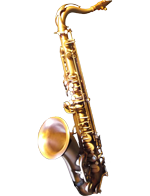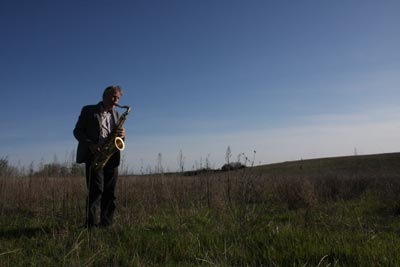


At the end of the nineteenth century, Kansas City is experiencing a wave of colored immigrants from the south. The atmosphere is relaxed, orchestras are marked by the sound of the blues.
New Orleans, French colony until 1803, lulls in the early twentieth century, in an atmosphere never seen before in the United States. In this crazy and joyful city, musical activity is permanent. The bands of black musicians escort the deads to their final resting, playing funeral marches with strong accents of blues and then, back from the cemetery, give free rein to their imagination by accelerating the tempo and improvising merrily on these melodies.
In 1917, with the war it is the end of the carnival. Without work, musicians will then migrate to Chicago that becomes, from 1918 to 1928 the capital of jazz thanks to Louis Armstrong, Sidney Bechet, Jelly Roll Morton and others.

In 1923 was formed in New York, under the baton of Fletcher Henderson, the first great band of interest. The Harlem of those years has the highest concentration of black people and country dance halls and cabarets bloom there. The Cotton Club, the Connie's Inn greet Jazz Bands of great revues. We find there Louis Armstrong and Duke Ellington.